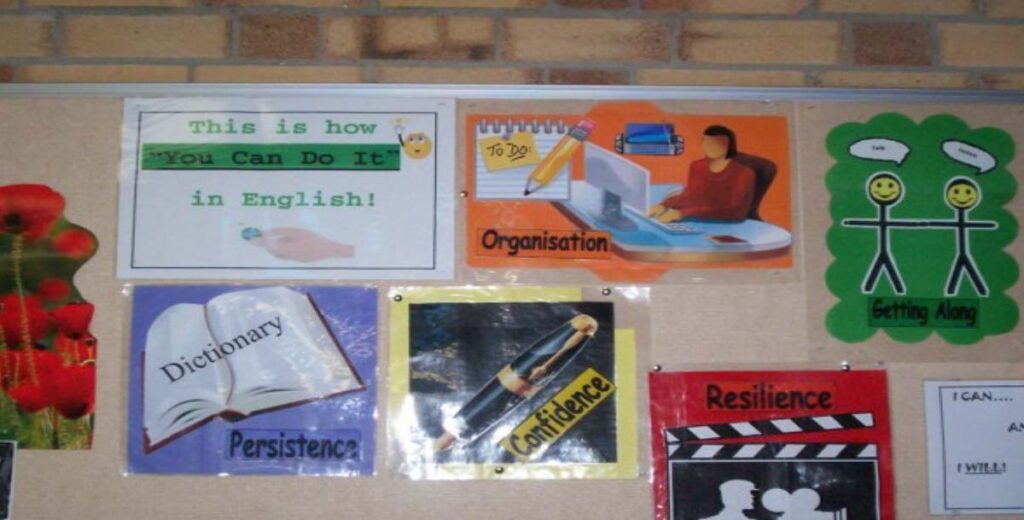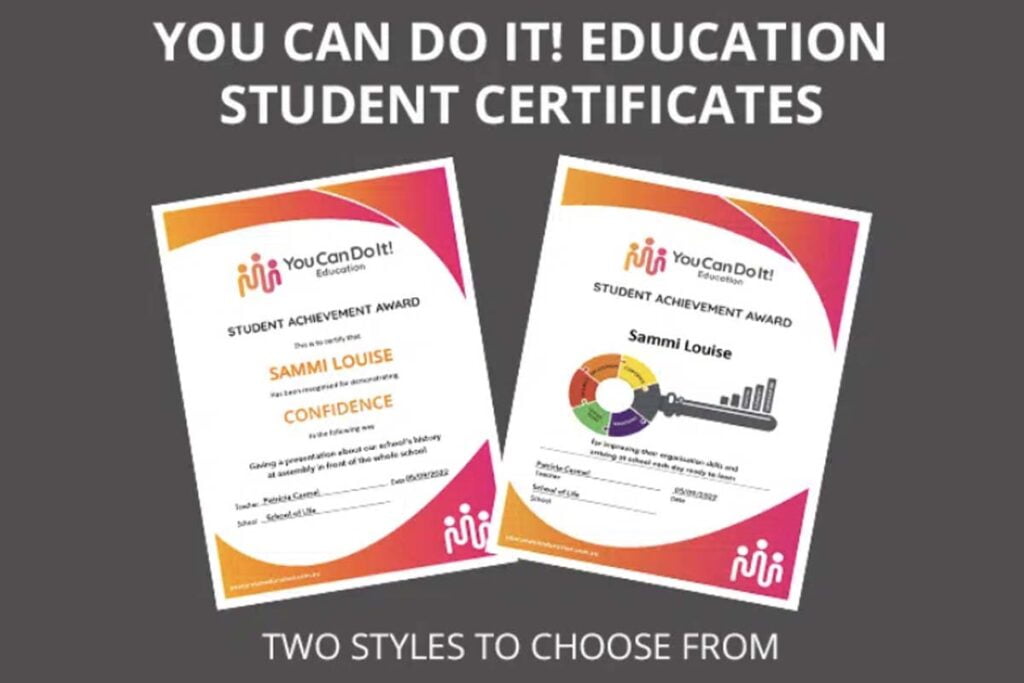Set the stage for social-emotional learning.
For secondary students to be motivated to engage in social and emotional learning (SEL), the stage must be set before teaching and learning begins.
From your side of the coin
Four preconditions should be in place:
- The principal articulates to teachers, parents, and students how the school’s mission is to help all students succeed by achieving their personal best and having high social-emotional wellbeing and mental health levels. To foster these outcomes, not only will quality teaching be a priority, but social and emotional education will be a priority.
- Involve all teachers and staff in implementing social and emotional learning programs – especially Physical Education teachers. Students – especially those under-motivated or with behavioural issues – are very open-eared to their PE teachers and coaches.
- A social-emotional personal development program is incorporated as part of the school’s curricula and is timetabled and taught regularly.
- Celebrate student “success stories”. Your school’s wellbeing coordinator should gather stories from all teachers about students who have shown development of their SELs (5 Keys) and the impact of strengthening their SELs on their motivation – engagement, achievement, behaviour and emotional wellbeing. These stories should be shared regularly at staff meetings.
We have also found that K-12 teachers as a group are more likely to be enthusiastic and effective in their presentation of a social and emotional learning program when they have experienced ways in which social and emotional competencies strengthen their ability to cope with stress and be effective in all they do at work (and home). For example, over 10,000 teachers have participated in our eLearning program, The Resilient Educator.
From the student side of the coin
Students need to have the following four points explained by someone they respect and whose opinion matters (popular school administrator, teacher, student leader):
- School today focuses on the dual areas of academics and student wellbeing, with students being taught knowledge and skills in both domains.
- The personal benefit for students of SEL in getting better grades, managing stress and their relationships
- That scientific investigation has revealed the mental traits that contribute to students performing at their best (success) and experiencing high levels of wellbeing.
- The relevance of different social and emotional learning skills to issues they experience with their schoolwork, friends and family.
Secondary schools adopt different social and emotional learning positive education/character education programs. Some schools rely on one comprehensive program, while others select aspects from different available programs to weave into a program of social and emotional education that meets the unique needs of their student population.
You Can Do It! Education, the first SEL program in Australia, has two online social-emotional learning programs for secondary students. Program Achieve Secondary. A Social and Emotional Learning Curriculum, just published in its fifth edition, has 32 lessons for students in Years 7 and 8, with another 32 lessons for students in Years 9 and 10. The lessons are organised into four sections (8 lessons per section): Achievement, Relationships, Wellbeing, and Social-Emotional Blockers. All or some lessons can be delivered and must be timetabled throughout the school year. The Successful Mind Program, written for upper-level secondary students, consists of a Student Workbook and Leader’s Guide, which contains 10 sessions covering the 10 elements of the mind that research has discovered to promote success and wellbeing.
Here are 10 steps that promote student engagement and social and emotional learning.
STEP 1. SHARE GOALS
Indicate to your students the two goals you and your school have for every student: success and wellbeing.
Explain to students that ‘success’ means doing their personal best in schoolwork and other areas of their lives (art, sport, music, doing a job). It does not mean being the best or better than everyone else.
Explain that ‘wellbeing’ means feeling happy and safe, having friends, being engaged in schoolwork, and participating in school, home and community activities. It also means not feeling very worried, down, or angry for long periods and not making poor choices such as cyber-bullying, being late or absent from school, or engaging in unhealthy behaviour like drinking or smoking.
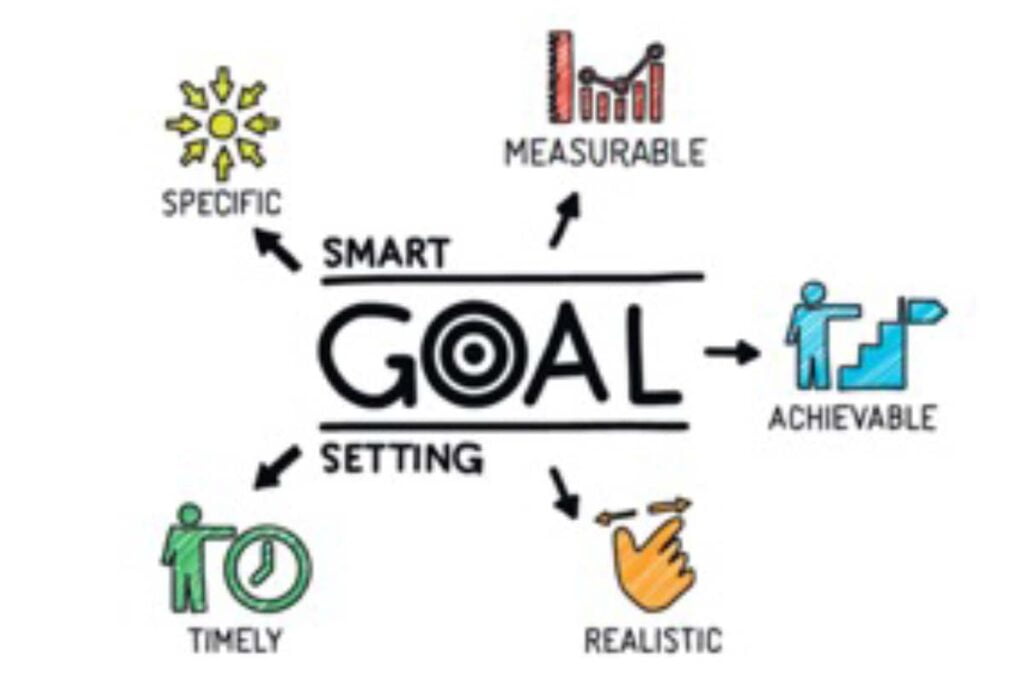
STEP 2. REVEAL THE 5 KEYS TO SUCCESS AND HAPPINESS
Discuss the 5 Keys and illustrate using one or more posters that show the 5 keys (download our free posters.)
Begin by asking: “To be successful, do you need to come from a perfect family that provides you with lots of support?” “Do you need to have a great teacher to be successful?” “To be successful, do you need to be super smart?” The answers to these questions are: “While it certainly helps to have a perfect family, a great teacher or be super smart, you don’t have to have these things.” You can add: “I know of very successful students who don’t have these things – just as I know students who have all these things but could be doing much better in their schoolwork.”
You can conclude by revealing that scientists have found that secondary-level students need five social and emotional skills to be successful and happy. These in You Can Do It! Education is called the 5 Keys: Confidence, Persistence, Organisation, Getting Along and Resilience.
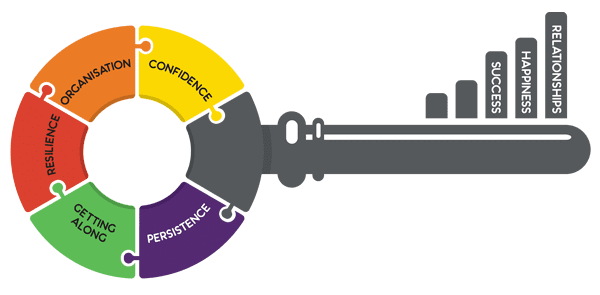
STEP 3. UNPACK THE KEYS
Use a Student Diary, a printed or online Student Guide, or using the YCDI! posters as triggers for discussion to present the 5 Keys.
- This analysis should include
- Definitions of each of the 5 Keys,
- Behaviours to practice to develop each Key further, and
- Ways to think to support the use of each Key.
Find a time to unpack and review this information with students (for source material, refer to the Program Achieve Secondary Quick Reference Cards, which can be found in your school LOGIN at the beginning of lessons for each year level).
Following this presentation, you can select lessons from Program Achieve Secondary and The Successful Mind that teach the 5 Keys.
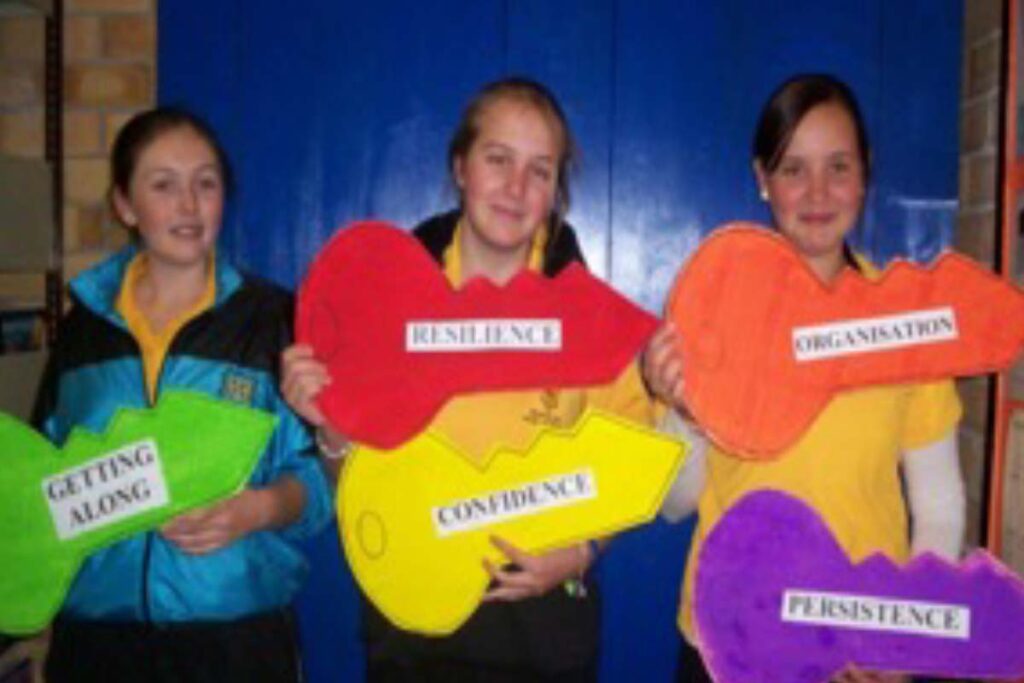
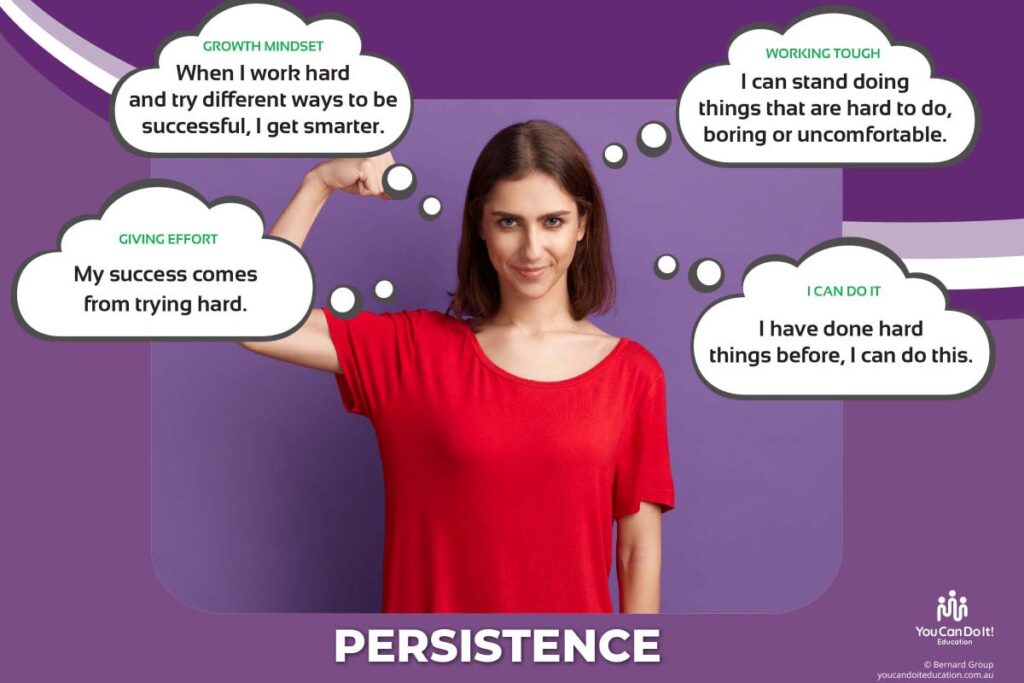
STEP 4. CATCH-EM-IN-THE ACT
Switch on your behaviour-specific feedback when you catch individual students demonstrating the 5 Keys (refer to Program Achieve Secondary Quick Reference Cards).
When you see a student practising a behaviour that reflects one of the 5 Keys, acknowledge the student verbally, non-verbally, or in a written comment (e.g., ‘You were confident.’ ‘You tried hard and did not give up. That’s persistence.’ ‘Doesn’t it feel good to be organised?’ ‘You are getting along very well when working together.’ ‘You stayed calm in a difficult situation. That’s resilience.’).
Behaviour-specific feedback is not the same as positive reinforcement you communicate to students for positive behaviour or work accomplished.
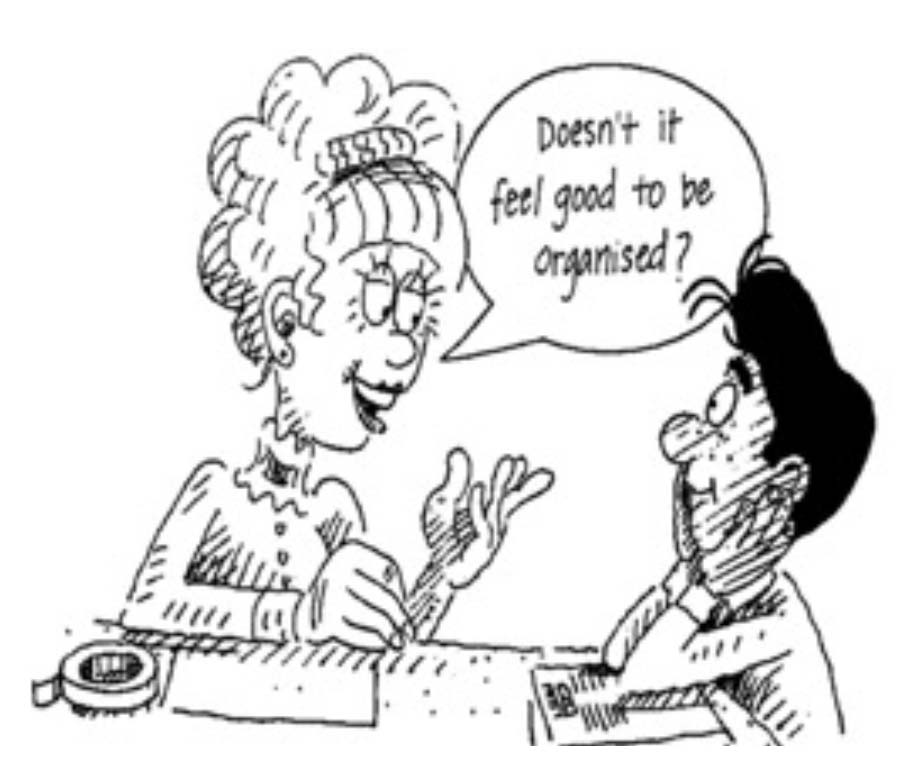
STEP 5. TEACHABLE MOMENTS
There are several ways you can make the 5 Keys “real.”
- In your “Lesson Planning”, incorporate an area where you can reflect ahead of time when, during a lesson, students can be instructed to employ one or more of the 5 Keys to benefit their engagement with and success in their classwork. Take opportunities to remind students of the positive attitudes (self-talk) that also strengthen their engagement in and learning from your lesson. For example, if there are aspects of the lesson that students will find particularly difficult to understand or take a while to accomplish, remind students that “hard yakka” awaits and that their success depends on their persistence. Another example is reminding students of the importance of bringing their growth mindsets to difficult work using positive self-talk: “I haven’t learnt this yet.”
- You can model by thinking aloud how one or more of the 5 Keys and supporting attitudes helped you be successful and cope. Recall a situation where you used one or more positive or negative attitudes and describe the impact on how you thought, felt, and behaved and the consequences. For example, share the importance of your persistence in doing hard yakka, your Working Tough outlook and the value you have found in being organised.
- You can illustrate to students how one or more of the Keys and supporting positive attitudes can help them cope and be successful. For example, when you notice a student upset when someone has been mean or unfair to them, you can explain that they have choices in how they think about the negative event and that by choosing “Accepting Myself” rather than “Self-Downing” self-talk, the negative impact on them of the negative event will be much less.
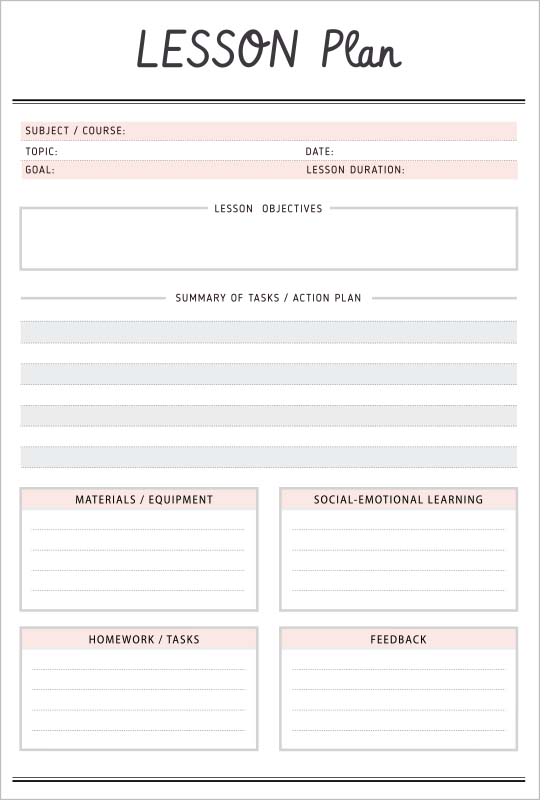
STEP 6. SELF-ASSESSMENT AND TARGET SETTING
Once students are knowledgeable about the 5 Keys, you can encourage them to take responsibility for self-improvement. First, have students self-assess their use of the 5 Keys in all their classes and extra-curricular activities (e.g., sports, music).
Then, have them regularly complete a Targeting My Success goal-setting form where they indicate areas of their schoolwork and extracurricular activities where one or more of the 5 Keys need strengthening.
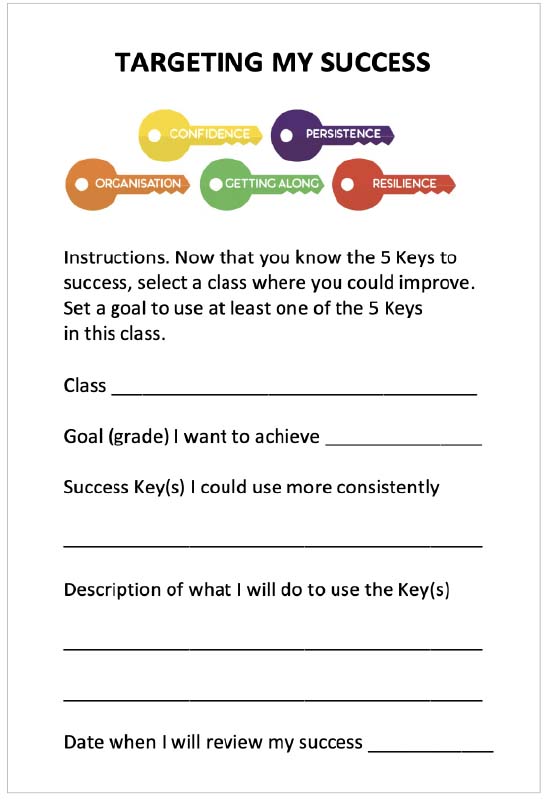
STEP 7. REVEAL FOUR SOCIAL-EMOTIONAL BLOCKERS
Present, analyse and normalise four social-emotional difficulties (“Blockers”) that lead to under-achievement, poor mental health/wellbeing, behavioural difficulties and relationship problems. After students have had time to learn about the five social-emotional skills (5 Keys) that help them to fully develop their potential for success and experience high levels of wellbeing, they should learn about (called the “Blockers” in YCDI! Education): anxiety, feeling down, anger and procrastination. Two of these are shown below.
You can do several things to help secondary students accept and want to do something about their social-emotional Blockers.
Explain that it is perfectly normal to experience Blockers and that there is nothing wrong with them having one or more; indicate that everyone can learn things to overcome their blockers. Teach present lessons from Program Achieve Secondary that unpack each Blocker (e.g., “Feeling Down”, “Social Anxiety and Shyness,” “Anger: Paying the Price, “Procrastinate Later!”).
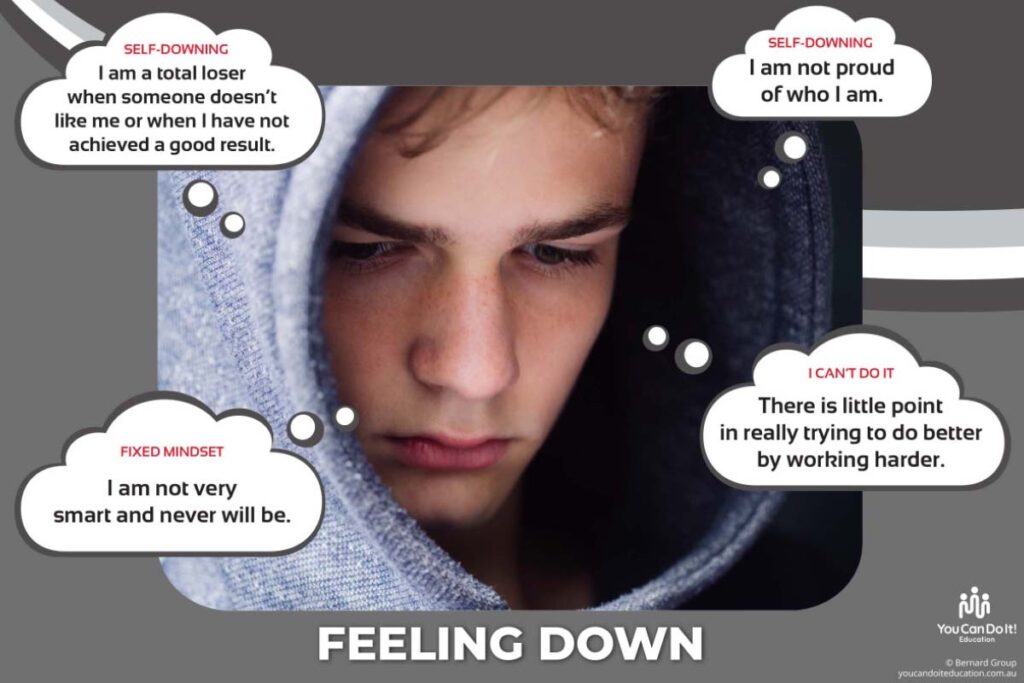
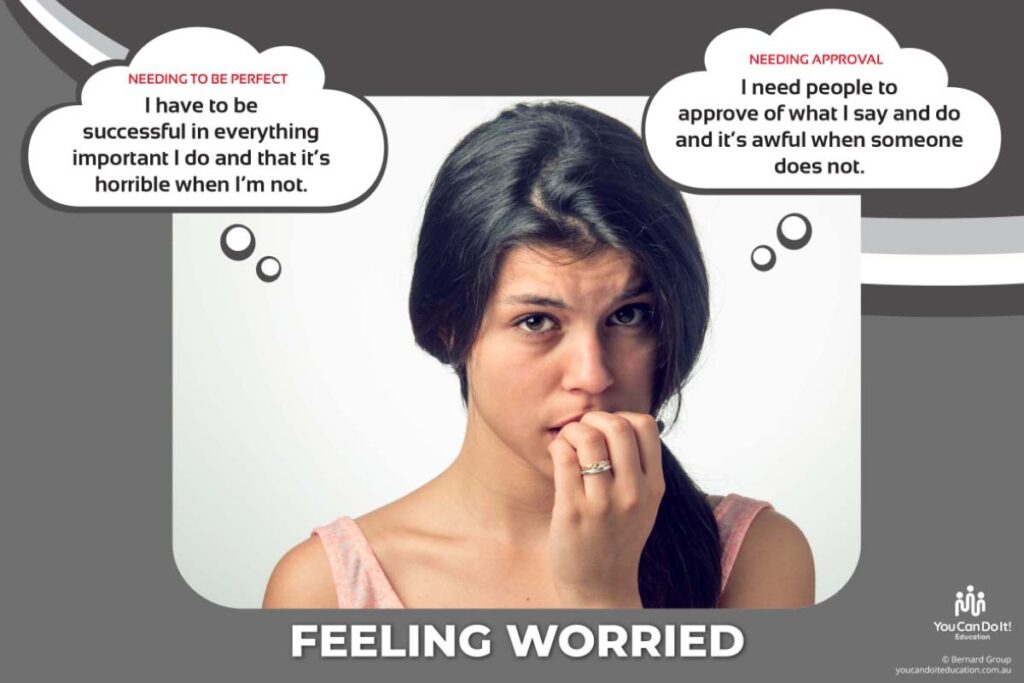
STEP 8. TEACH STUDENTS TOOLS TO SELF-MANAGE BLOCKERS
In YCDI! Education lessons encourage students to move from an external (“blaming others”) to internal (“personal responsibility”) locus of control over their Blockers.
Here are some high-priority ways to think and coping skills that you should feature in your social and emotional education that are intrinsic to You Can Do It! Education is critical for students to learn. These are presented in various lessons in Program Achieve Secondary and include:
- Catastrophe Scale – don’t blow things out of proportion
- Emotional Thermometer – feelings vary in intensity
- Emotional vocabulary
- Self-acceptance – don’t take things personally
- Hard Yakka and the attitude of Working Tough
- Using the power, you have to change your thinking
- Happening -> Thinking -> Feeling -> Behaviour
- Coping skills for staying calm (mindfulness, relaxation)
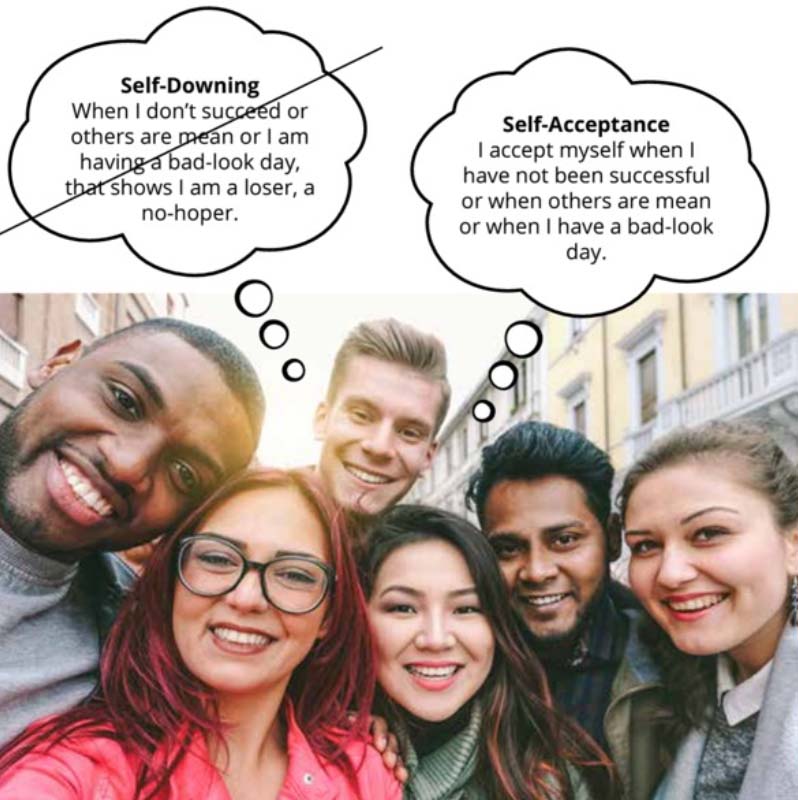
STEP 9. EXTRA-CURRICULAR PROJECTS
For students to want to actively engage in learning the 5 Keys, they need to see real benefits in various activities they engage in.
Students’ initial exposure to and learning of the 5 Keys commonly occurs in personal development classes where Program Achieve and The Successful Mind is presented. Once students learn the basics, they need to be encouraged to use the 5 Keys when engaged in activities outside the classroom (e.g., adventure excursion, working in a radio studio).
Students need to see and experience how using social-emotional learning skills leads to greater satisfaction and success in non-academic pursuits.
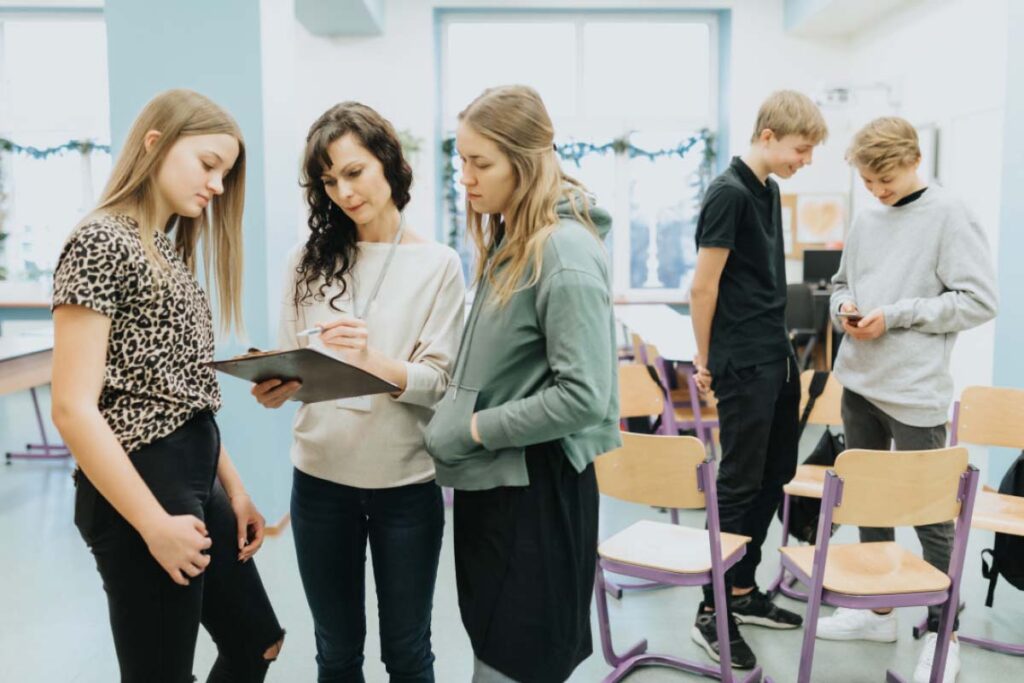
STEP 10. MAKE YCDI! IDEAS AND SOCIAL-EMOTIONAL LEARNING VISIBLE
Integrate the 5 Keys in assemblies, awards and display in school signage.
Take opportunities to engage students in the design of posters, artwork, IT construction, and outdoor murals that communicate visually the core SELs taught in your school. Display in the library, reception area, corridors, inside/outside walls, and select spots around the school grounds.
Use assembly time to invite speakers to talk to students about the importance of SELs in their lives. Also, if students are typically acknowledged at assemblies for their achievement, behaviour or citizenship, adapt your awards. A great idea is to involve your Student Representative Council to take responsibility for planning school-wide events and assemblies that illustrate for the student body aspects of the 5 Keys and the benefits of social-emotional learning.
Modify your existing awards (classroom, school-wide) so that students “are caught” and acknowledged by their teachers for displaying confidence, persistence, organisation, getting along and resilience. Provide individual students with awards and YCDI! Certificates for showing the development of one or more of the 5 Keys (youcandoiteducation.com.au/freebies/).
Many factors make effective, whole-school implementation of social and emotional learning at secondary school challenging. More secondary than primary teachers see themselves as an expert in the delivery of the academic curricula (which they are) but are not as prepared nor confident in presenting or supporting social and emotional learning – though there are many exceptions to this generalisation. As a rule, we have found that teachers in lower than upper secondary year levels have more interest in participating in social and emotional education. And we have learnt from experience that all secondary teachers should not be required to present social and emotional education lessons in their classes or tutorial groups.
We know that all teachers are committed to supporting the wellbeing of their students and are prepared to listen to and consider ways they can promote student learning and the application of SELs. Widespread use of behaviour-specific feedback is a good starting point.
No matter their year level, today’s students need robust social and emotional learning experiences. Many arrive at secondary, under-done across the board on developing social and emotional skills. Many students are not coping with post-COVID and parental pressures to perform and excel. Too many students face graduation and transition somewhat single-sided, with great personal resources to cope with work demands but less well-developed in the social and emotional areas they need to be successful in interacting with others at work and in life.
Over the past 20 years or more, we have found that schools that successfully integrate YCDI! Education in their wellbeing and pastoral care offerings graduate more well-rounded and robust young adults and provide the support students need along the journey.


